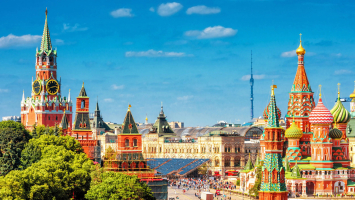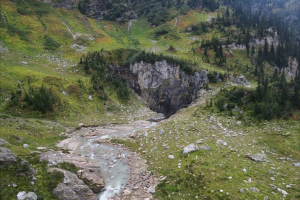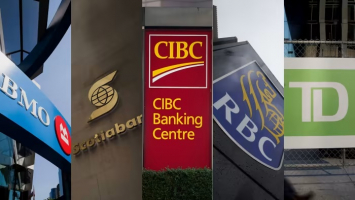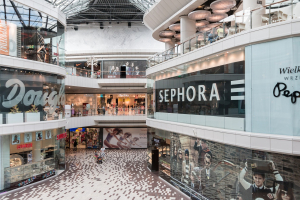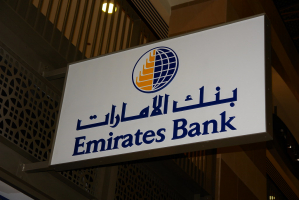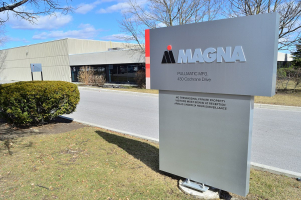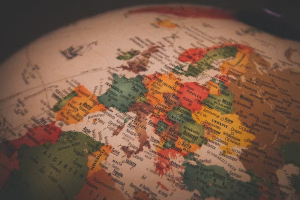Top 15 Largest Cities in Canada by Population
Canada is the second-largest nation in the world in terms of land area. But Canada is only the 39th most populous country in the world. Despite the low ... read more...population density, this welcoming northern country still has a few sizable cities. Each of these draws people for a variety of reasons, such as prestigious universities, lucrative industries, favorable geography or climate, distinctive cultures, etc. Here is the lost of the largest cities in Canada by population.
-
Ontario, a province in Canada, is headquartered in Toronto. It is the most populated city in Canada and the fourth most populous city in North America, with a recorded population of 2,794,356 in 2021. The city serves as the focal point of the Golden Horseshoe, a metropolitan area of 6,712,341 inhabitants in the Greater Toronto Area proper with a total population of 9,765,188 (as of 2021). Toronto, one of the most diverse and cosmopolitan cities in the world, is a hub for international commerce, banking, the arts, and culture.
Toronto's multicultural population reflects its historical and present-day significance as a major Canadian immigration hub. Over 200 different ethnic backgrounds are represented among its inhabitants, who make up more than 50% of the visible minority population. Over 160 different languages are spoken in Toronto, even though English is the primary language used by the majority of residents.
Toronto is a well-known hub for the creation of music, theater, movies, and television, and it also serves as the home of the major national broadcast networks and media organizations of Canada. Over 43 million people are drawn to its many cultural institutions each year, which include various museums and galleries, festivals and open-air events, entertainment hubs, national historic monuments, and sporting events[38]. The CN Tower, the tallest freestanding building on land in the Western Hemisphere, is one of Toronto's many skyscrapers and high-rise structures. Toronto is the fastest-growing and third-largest tech centre in North America, behind Silicon Valley and New York City.
Population: 2,794,356
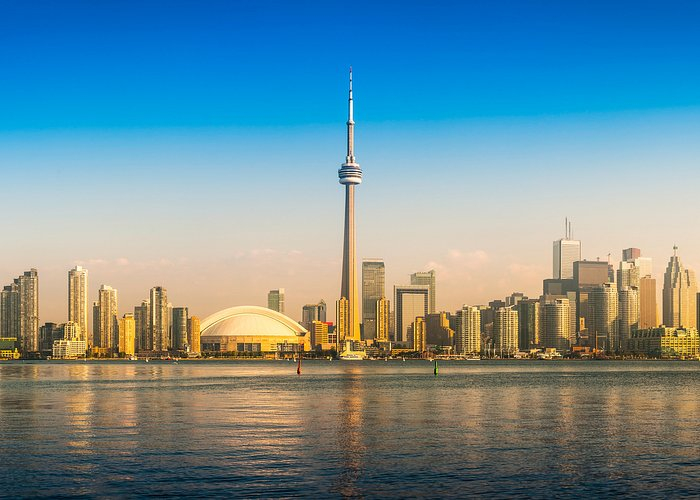
Photo: tripadvisor 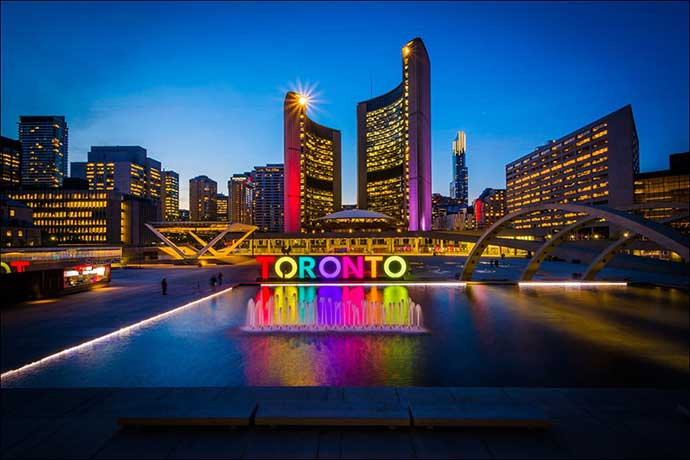
Photo: idp -
Montreal is one of the largest cities in Canada by population and the most populous city in the Canadian province of Quebec. Founded in 1642 as Ville-Marie, or "The City of Mary", it is named after Mount Royal, the triple-peaked hill around which the early city of Ville-Marie is built. The city is centered on the Island of Montreal, which obtained its name from the same origin as the city, and a few much smaller peripheral islands, the largest of which is Île Bizard. The city is situated 196 km (122 mi) east of the national capital Ottawa, and 258 km (160 mi) southwest of the provincial capital, Quebec City.
The city was the second-largest city and metropolitan region in Canada as of 2021, with a population of 1,762,949 and a metropolitan population of 4,291,732. The official language of the city is French. In 2016, 53.7 percent of the population spoke only French at home, while 18.2 percent only spoke English. With 57.4% of the population speaking both English and French, Montreal is one of the most multilingual cities in both Canada and Quebec.
Montreal, formerly the commercial center of Canada, was superseded by Toronto in the 1970s in terms of both population and economic power. It continues to be a significant hub for business, aviation, transportation, finance, pharmaceuticals, technology, design, education, art, culture, tourism, food, fashion, video game development, cinema, and international affairs. The International Civil Aviation Organization's headquarters are located in Montreal, which also boasts the second-highest number of consulates in North America. In addition, Montreal was designated a UNESCO City of Design in 2006. The Economist Intelligence Unit placed Montreal as the 12th most liveable city in the world in its annual Global Liveability Ranking in 2017. However, in the 2021 index, Montreal dropped to rank 40, partly as a result of the COVID-19 pandemic's strain on the healthcare system. It is regularly ranked as a top ten city in the world to be a university student in the QS World University Rankings.
Population: 1,762,949
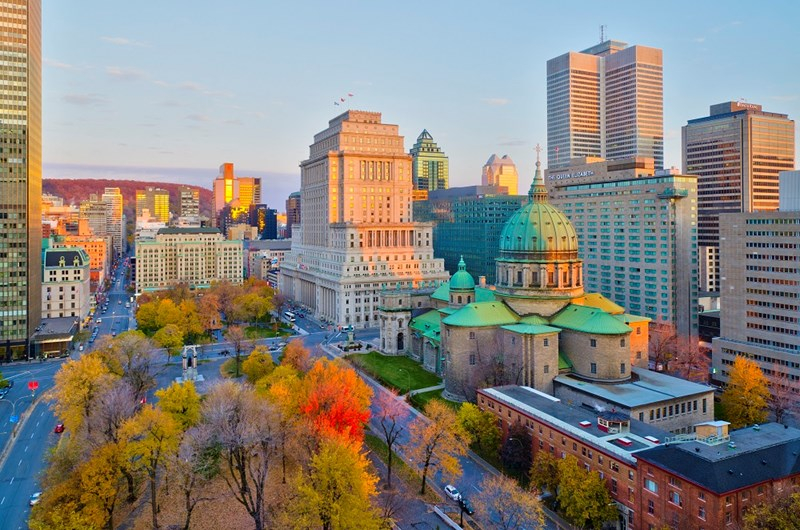
Photo: tapchitaichinh 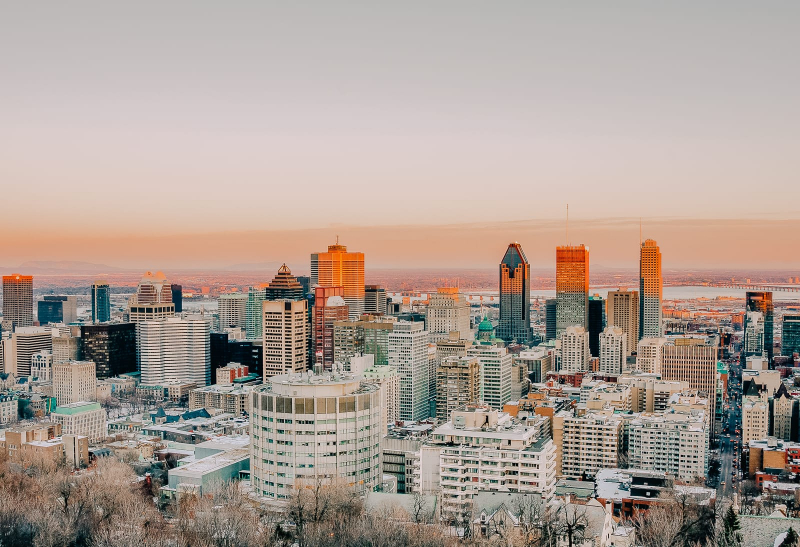
Photo: etrip4u -
Alberta, a province in western Canada, is home to Calgary. The city is one of the largest cities in Canada by population as of 2021, with 1,306,784 residents, and the metropolitan area had 1,481,806 inhabitants.
Calgary is located at the confluence of the Bow and Elbow rivers in the southern part of the province, in the area that separates the Canadian Prairies from the Rocky Mountain Foothills, about 80 kilometers (50 miles) east of the Canadian Rockies' front ranges, about 299 kilometers (186 miles) south of Edmonton, and about 150 kilometers (240 km) north of the U.S. border. The Calgary-Edmonton Corridor, as defined by Statistics Canada, has the city as its southernmost anchor.
The energy, financial services, film and television, logistics, transportation, technology, manufacturing, aerospace, health and wellness, retail, and tourism industries are all active in Calgary. Among the 800 largest firms in Canada, the Calgary Metropolitan Region is home to the second-highest number of corporate head offices. Of all the major Canadian cities in 2015, Calgary has the greatest per-capita number of millionaires. Calgary was ranked top in Canada and North America in 2022 and tied for third place overall with Zürich in terms of livability. As the first Canadian city to hold the Olympic Winter Games, it did so in 1988.Population: 1,306,784
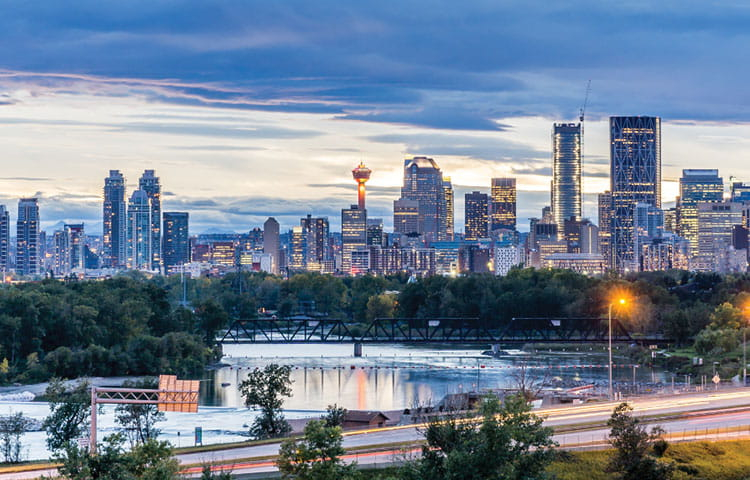
Photo: tec 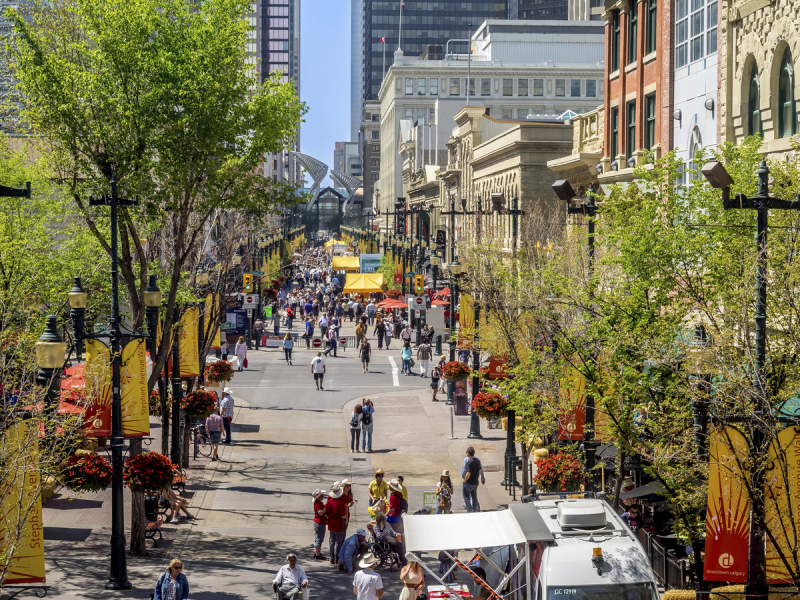
Photo: visco -
Canada's national capital is Ottawa. In the southern part of the province of Ontario, the city is situated where the Rideau River and the Ottawa River meet. The National Capital Region and the Ottawa-Gatineau census metropolitan area (CMA) are centered in Ottawa, which also borders the Quebec city of Gatineau. Ottawa was the fourth-largest city and fourth-largest metropolitan region in Canada as of 2021, with a city population of 1,017,449 and a metropolitan population of 1,488,307.
The seat of the federal government and the political hub of Canada is Ottawa. The city is home to a large number of foreign embassies as well as important structures, businesses, and institutions of the Canadian government, such as the Parliament of Canada, the Supreme Court, the Viceroy's residence, and the Office of the Prime Minister.Its initial boundaries were expanded through successive annexations before being superseded by a new municipal incorporation and amalgamation in 2001. Ottawa was founded in 1826 as Bytown and incorporated as a city in 1855. The City of Ottawa Act of the Government of Ontario established and governs the municipal government, which consists of a mayor elected at large and a 23-ward city council.
Population: 1,017,449
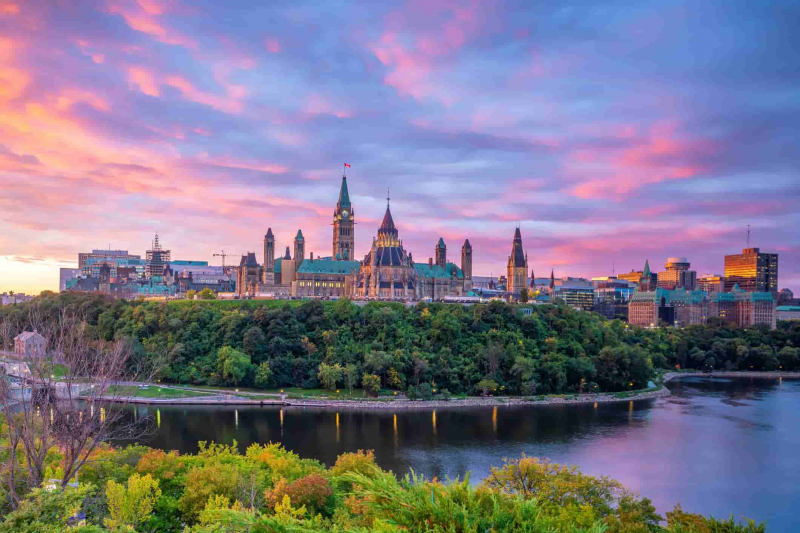
Photo: etrip4u 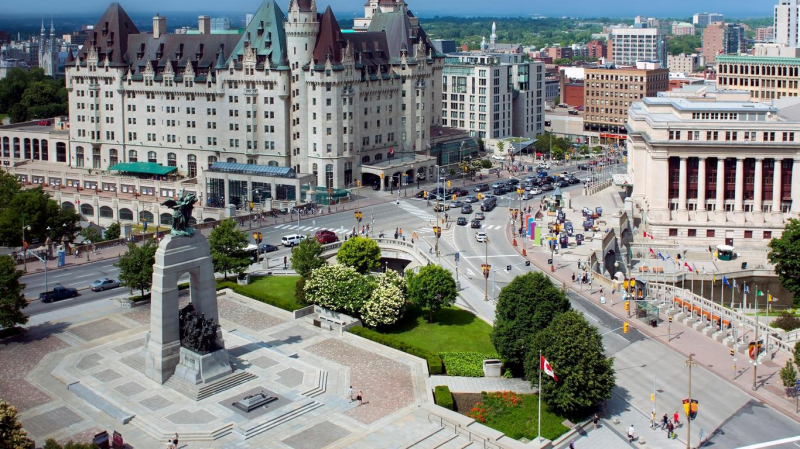
Photo: kayak -
The capital of the Canadian province of Alberta is Edmonton. The Edmonton Metropolitan Part, which is surrounded by the core region of Alberta, is centered at Edmonton, which is on the North Saskatchewan River. The "Calgary-Edmonton Corridor," as defined by Statistics Canada, has the city as its northernmost anchor.
Edmonton is a large metropolitan area in Canada, with a city population of 1,010,899 and a metropolitan population of 1,418,118. The northernmost city in North America, Edmonton is home to a metropolitan area of more than a million people. An Edmontonian is a person who lives in Edmonton.
Through a series of annexations through 1982, the incorporation of five nearby urban municipalities (Strathcona, North Edmonton, West Edmonton, Beverly, and Jasper Place), as well as the annexation of 8,260 ha (82.6 km2; 31.9 sq mi) of land from Leduc County and the City of Beaumont on January 1, 2019, contributed to Edmonton's historic growth. The city, which is sometimes referred to as the "Gateway to the North," serves as a staging area for massive oil sands projects in northern Alberta and massive diamond mining operations in the Northwest Territories.
Edmonton is a hub for government, culture, and education. The moniker "Canada's Festival City" refers to the city's year-round festival schedule. It is the location of Fort Edmonton Park, Canada's largest living history museum, and West Edmonton Mall, North America's second-largest mall (and the world's largest mall from 1981 to 2004).
Population: 1,010,899
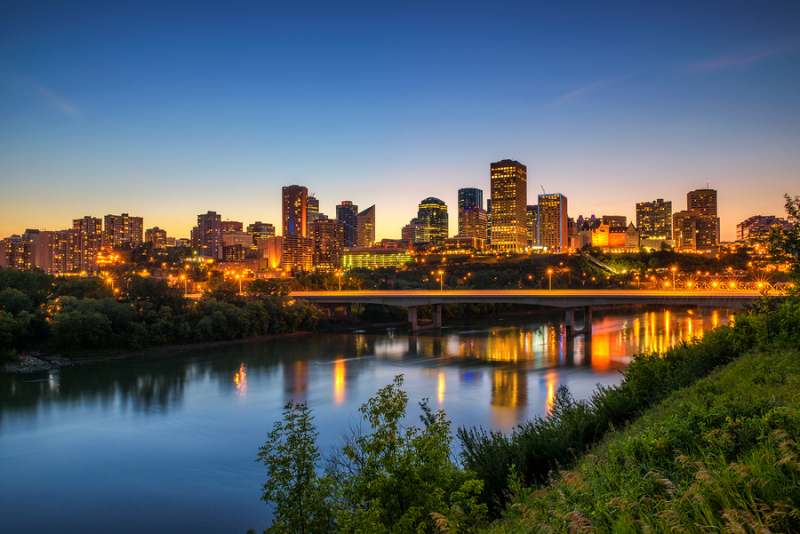
Photo: vnsava 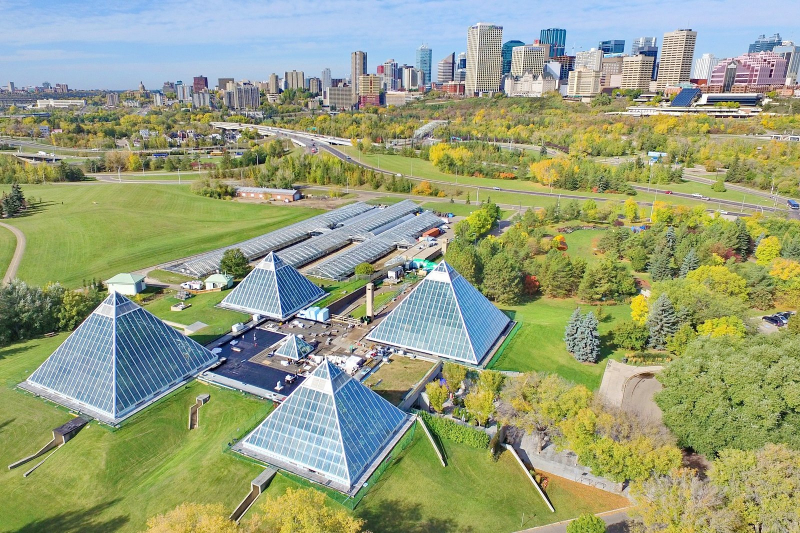
Photo: hotels -
The largest capital city in the Canadian province of Manitoba is Winnipeg. It is located close to the longitudinal center of North America, at the junction of the Red and Assiniboine rivers. In terms of population, Winnipeg was the sixth-largest city in Canada as of 2021, with a city population of 749,607 and a metropolitan population of 834,678.
The name of the city, which is derived from Western Cree terms for muddy water, is derived from the neighboring Lake Winnipeg. The area, which is the traditional homeland of the Anishinabe (Ojibway), Ininew (Cree), Oji-Cree, Dene, and Dakota, as well as the birthplace of the Métis Nation, served as a trading hub for Indigenous peoples long before the arrival of European settlers. In 1738, French traders erected the first fort there. The Red River Colony's Selkirk settlers later established a city, the core of which was incorporated as the City of Winnipeg in 1873.
Winnipeg is a railway and transportation hub with a varied economy and is referred to as the "Gateway to the West." The Festival du Voyageur, the Winnipeg Folk Festival, the Jazz Winnipeg Festival, the Winnipeg Fringe Theatre Festival, and Folklorama are just a few of the annual festivals held in this cosmopolitan metropolis. The Pan American Games were first held in Canada in 1967 at Winnipeg. The Winnipeg Blue Bombers (Canadian football), Winnipeg Jets (ice hockey), Manitoba Moose (ice hockey), Valour FC (association football), and Winnipeg Goldeyes are some of the professional sports teams that call it home (baseball).
Population: 749,607
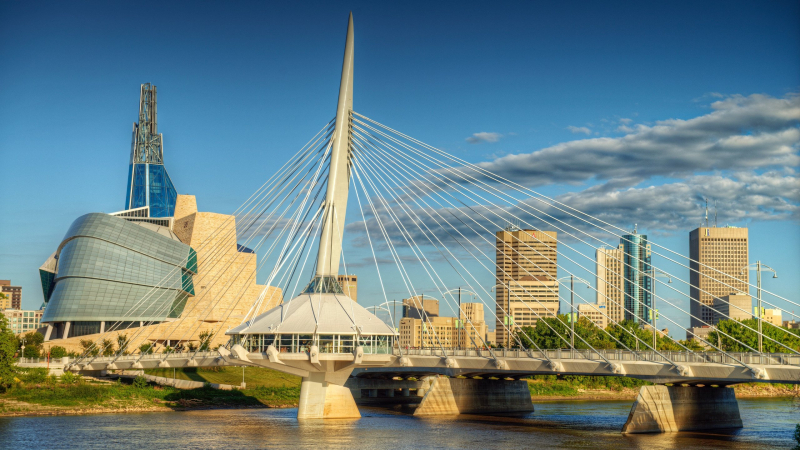
Photo: expedia 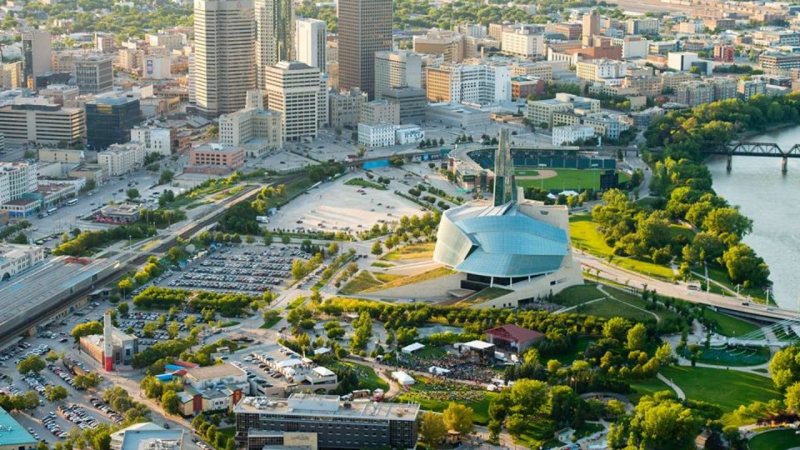
Photo: todocanada -
The Canadian city of Mississauga, once known as Toronto Township, is located in the province of Ontario. It is located in the Regional Municipality of Peel on the shores of Lake Ontario, abutting Toronto to the east. As of 2021, Mississauga had a population of 717,961, making it the third-most populous municipality in Ontario and the second-most in the Greater Toronto Area (after Toronto itself).
Mississauga's expansion was ascribed to Toronto's close vicinity. The city gained a multicultural population in the second half of the 20th century and developed a flourishing central business sector. The busiest airport in Canada, Toronto Pearson International Airport, is located in Malton, a neighborhood of the city that also houses the corporate headquarters of numerous domestic and international businesses. Mississauga is not a traditional city; rather, it is a synthesis of three former villages, two townships, and a number of rural hamlets (a general pattern shared by several suburban GTA cities), all of which had sizable populations prior to the city's incorporation but none of which was unambiguously dominant, and which later came together to form a single urban area.
Mississauga is located on the historic territory of the Huron-Wendat, Haudenosaunee, and Anishinaabeg people, including the eponymous Mississaugas, and has been inhabited by indigenous people for thousands of years. The majority of modern-day Mississauga was first established in 1805 as Toronto Township inside York County, and it later joined Peel County when new counties were created in 1851 by dividing up the original county. When Peel was reorganized into a regional municipality in 1974, Mississauga itself was reincorporated as a city. It had originally been founded in 1968 as a town.
Population: 717,961
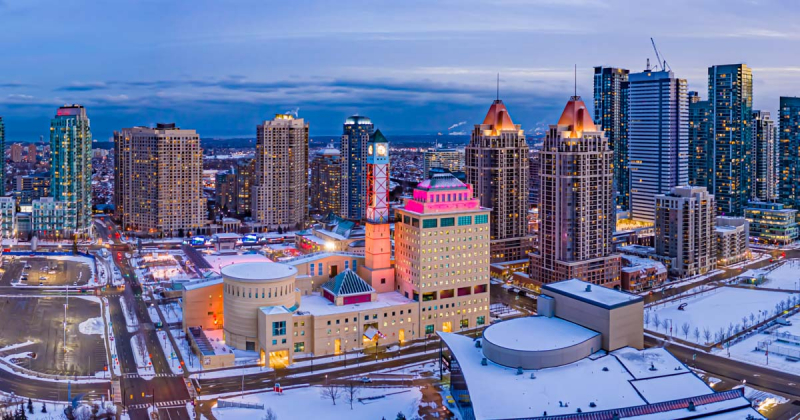
Photo: adventures 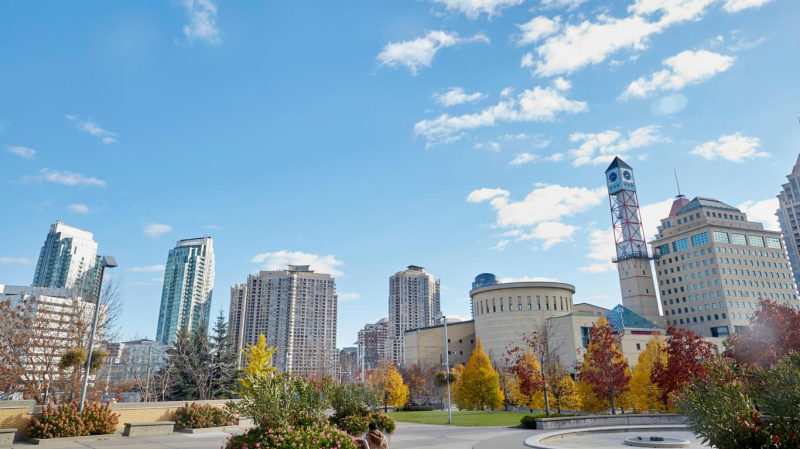
Photo: detectahotel -
In the Lower Mainland of British Columbia, Vancouver is a significant city in western Canada. The province's most populated city saw an increase in its population from 631,486 in 2016 to 662,248 in 2021. The Greater Vancouver region was the third-largest metropolitan area in Canada in 2021 with a population of 2.6 million and it is one of the largest cities in Canada by population. With nearly 5,400 people per square kilometer, Vancouver has the highest population density in the entire country of Canada. One of the most linguistically and ethnically diverse cities in Canada is Vancouver, where 52 percent of citizens do not speak English as their first language, 48.9 percent do not speak either English or French as their original tongue, and 50.6 percent are members of visible minority groups.
One of the most livable cities in both Canada and the entire world is Vancouver. Vancouver is one of the most expensive cities in both Canada and the globe in terms of housing affordability. Vancouver wants to become the world's greenest city. The city's urban planning and design ideology is known as Vancouverism.
The busiest and largest port in Canada, Port Metro Vancouver is the most diversified port in North America as of 2016, ranking fourth in terms of tonnage in the Americas. Although forestry continues to be the region's major industry, tourism, which benefits from Vancouver's reputation as a city surrounded by nature, is the region's second-largest sector. Major film studios in Vancouver and close-by Burnaby have transformed Greater Vancouver and surrounding areas into one of North America's largest film production hubs, giving it the moniker "Hollywood North."
Population: 662,248

Photo: deow 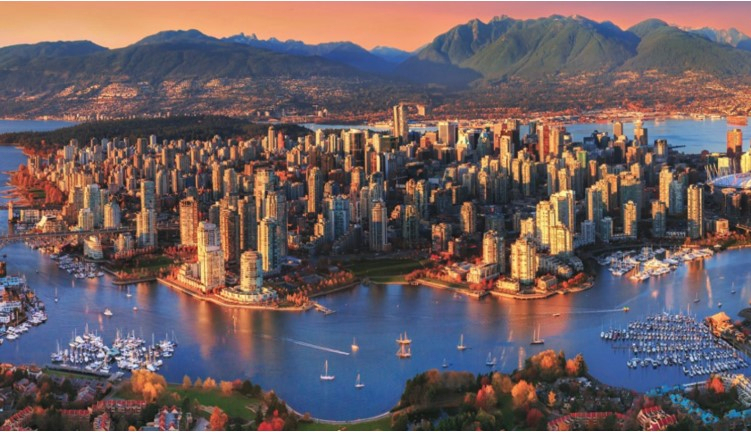
Photo: eduphil-overseas -
The Canadian province of Ontario contains the city of Brampton. The city of Brampton is located in Peel Region and is part of the Greater Toronto Area (GTA). With a population of 656,480 as of the 2021 Census, the city is the third most populous city in the Greater Golden Horseshoe urban area, behind Toronto and Mississauga, and the ninth most populated municipality in all of Canada.
The region around Brampton has been inhabited by indigenous people for a very long time. Incorporated as a hamlet in 1853, a town in 1873, and a city in 1974, Brampton was named after the town of Brampton in Cumberland, England. Since the 1950s, immigration has significantly boosted Brampton's population, which has gone from 10,000 to over 600,000.Due to its significant greenhouse sector, the city was formerly referred to as "The Flower Town of Canada." These days, advanced manufacturing, retail management, logistics, information and communication technology, food and beverage, life sciences, and business services are Brampton's main economic sectors.
Population: 656,480
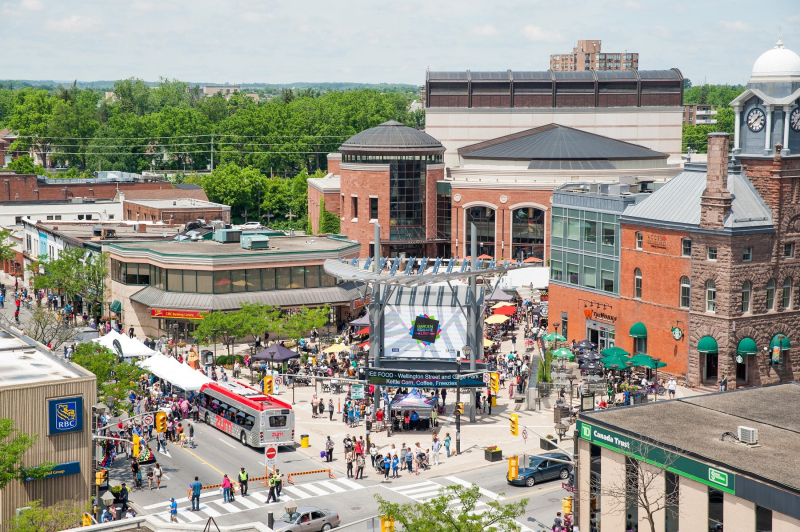
Photo: immgroup 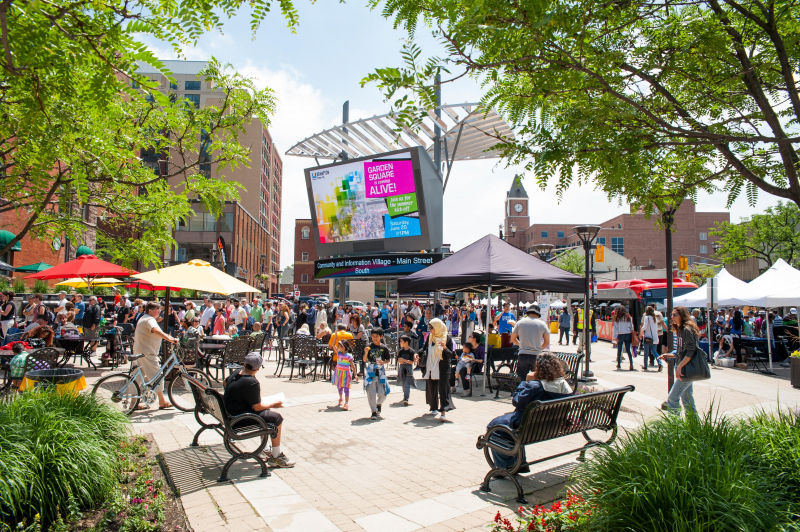
Photo: linkedin -
The Canadian province of Ontario contains the port city of Hamilton. There are 569,353 people living in Hamilton, and there are 785,184 people living in the city's census metropolitan area, which also includes Grimsby and Burlington. The city is located in the Greater Toronto and Hamilton Area, 58 kilometers southwest of Toronto.
The town of Hamilton, which George Hamilton founded when he bought the Durand estate shortly after the War of 1812, became the hub of the Golden Horseshoe, an area at the western end of Lake Ontario that was heavily industrialized and populated. The amalgamation of the original city with neighboring municipalities of the Regional Municipality of Hamilton-Wentworth resulted in the creation of the current limits of Hamilton on January 1, 2001. Hamiltonians are the locals who reside in the city.
Historically, the steel and heavy manufacturing sectors have driven the local economy. There has been a trend toward the service sector, including the sciences and the health, over the past ten years. The Bruce Trail, the Canadian Warplane Heritage Museum, the Royal Botanical Gardens, McMaster University, Mohawk College, and Redeemer University are all located in Hamilton. In accordance with the Times Higher Education Rankings for 2021, McMaster University is placed 69th globally and fourth in Canada.
Population: 569,353
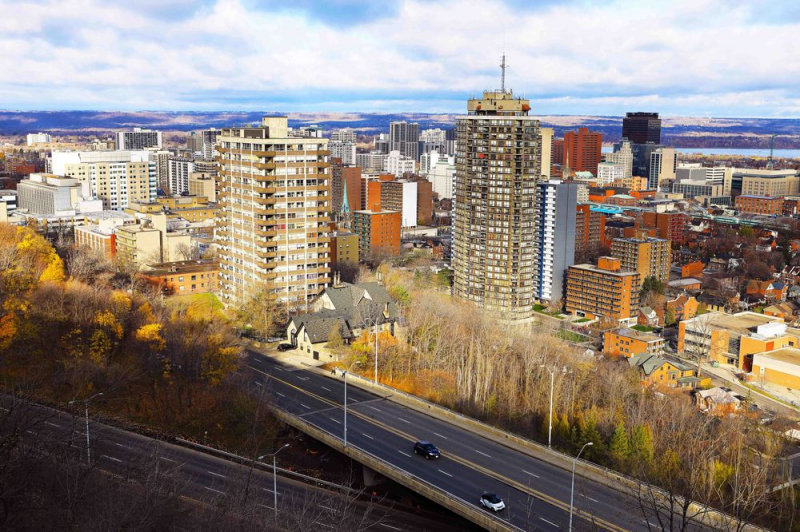
Photo: canadianvisa 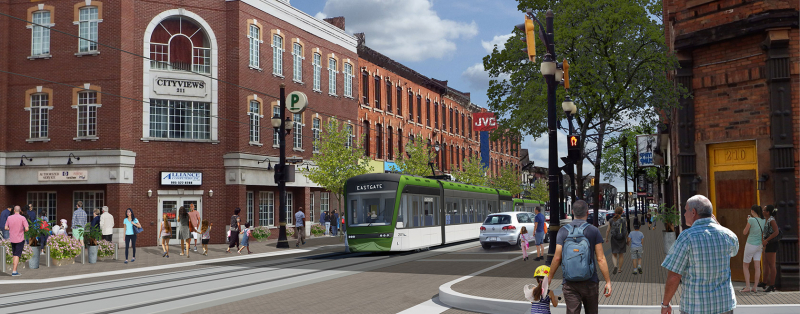
Photo: hamilton -
Surrey is a city in the Canadian province of British Columbia, north of the border with the United States and south of the Fraser River. It belongs to the regional district and metropolitan area of Metro Vancouver. Surrey, which is primarily a suburban metropolis, is the third-largest city in terms of both size and population in the province after Abbotsford and Prince George. In Surrey, Cloverdale, Fleetwood, Guildford, Newton, South Surrey, and City Centre encircled by Whalley are the seven neighborhoods that have been given the title of town centers.
In the 195,098 private residences in Surrey, there were 568,322 people residing there as of the Statistics Canada censuses in 2021. It is one of the most populous cities in Canada.
With booming high technology, clean energy, sophisticated manufacturing, health, education, agricultural, and arts sector, Surrey is one of British Columbia's main industrial centers. In addition, 189 projects, including 15 at the city hall plaza, were a result of an increase in filming activity in Surrey in 2017.
Population: 568,322
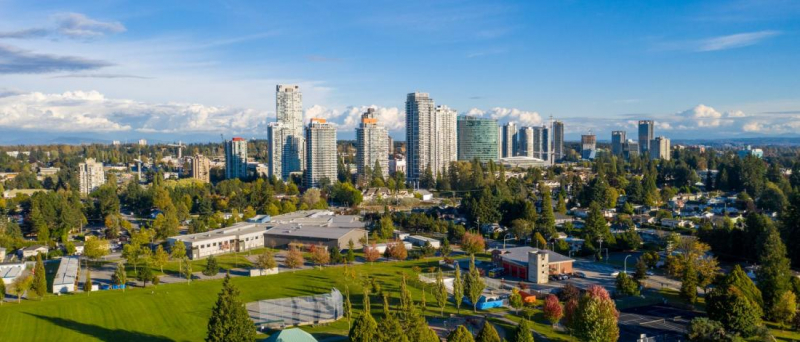
Photo: surrey 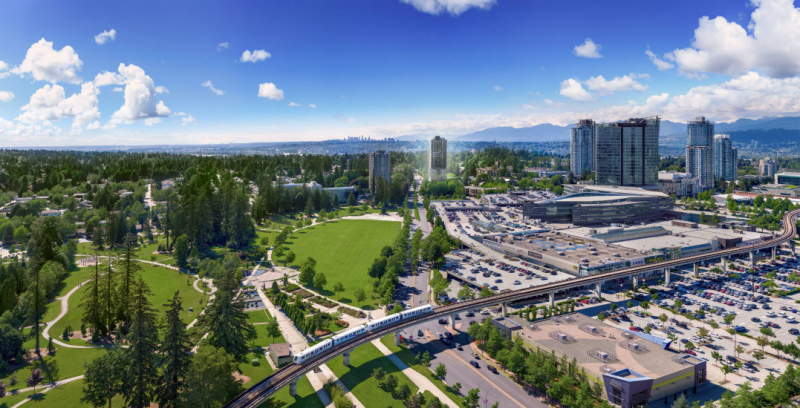
Photo: dailyhive -
The capital of the Canadian province of Quebec is Quebec City. The city's population was 531,902 as of July 2016, and the surrounding metropolitan area has an estimated 800,296 residents. After Montreal, it is the second-largest city in the province. Its humid continental climate features hot summers and chilly, icy winters.
The region was originally called Kébec by the Algonquian people because the Saint Lawrence River narrows close to Quebec's peninsula and its Cape Diamant. Kébec is an Algonquian term that means "where the river narrows." In 1608, explorer Samuel de Champlain established a French town here under the name of the local Algonquin people. One of the first European settlements in North America is Quebec City. Old Quebec's (Vieux-Québec) ramparts are the only fortified city walls still standing in the Americas north of Mexico. The "Historic District of Old Québec" was the location that UNESCO designated as a World Heritage Site in 1985.
The Citadelle of Quebec, an intact citadel that serves as the focal point of the fortifications around the ancient city and contains a secondary royal home, is one of the city's icons. The Château Frontenac hotel, which dominates the skyline, is another. The National Museum of Fine Arts of Quebec, the Musée de la civilisation, and the National Assembly of Quebec (the provincial legislature) are all located in or close to the Old Quebec area.
Population: 531,902
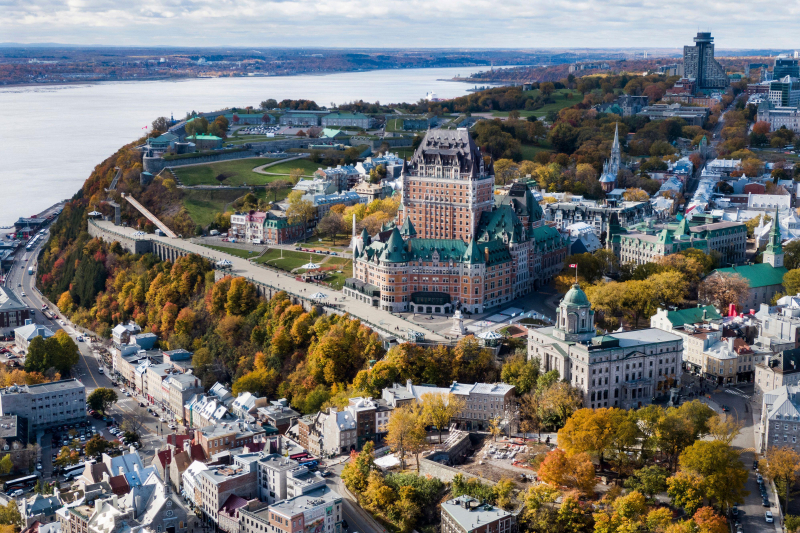
Photo: theculturetrip 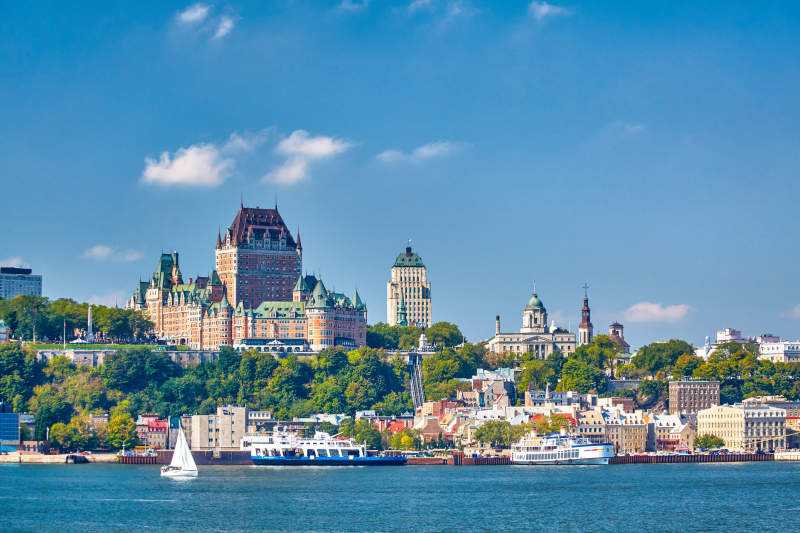
Photo: theculturetrip -
Halifax is both the largest municipality in Atlantic Canada and the capital of the Canadian province of Nova Scotia. The municipal population was 439,819 as of the 2021 Census, with 348,634 living in the urban area. The regional municipality is made up of Halifax, Dartmouth, Bedford, and Halifax County, four former municipalities that merged in 1996.
In Atlantic Canada, Halifax is a significant economic hub with a concentration of both public and private sector businesses. The Department of National Defence, Dalhousie University, Nova Scotia Health Authority, Saint Mary's University, the Halifax Shipyard, various levels of government, and the Port of Halifax are significant employers and economic drivers. The municipality's rural sections are home to important resource businesses such as forestry, mining, agribusiness, and fishing.
Population: 439,819
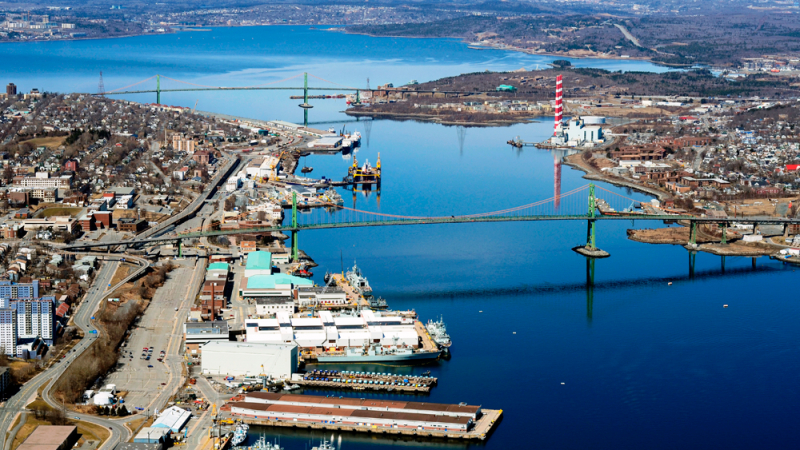
Photo: ctvnews 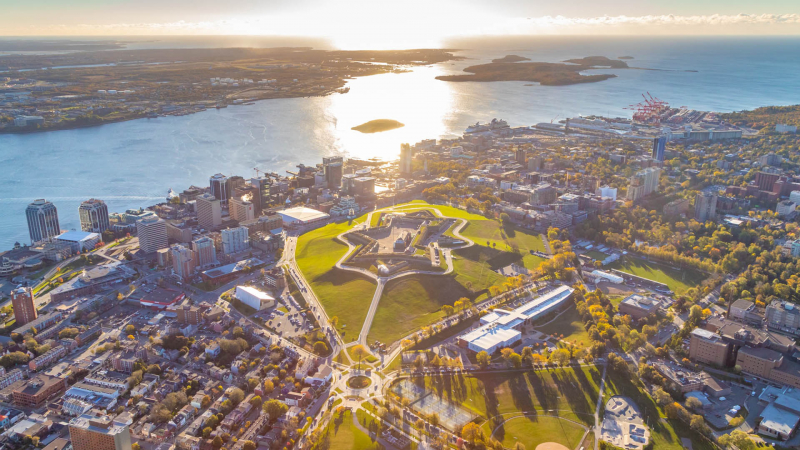
Photo: novascotia -
North of Montreal, in southwest Quebec, is the Canadian city of Laval. With a population of 422,993 in 2016, it is the largest suburb of Montreal, the third-largest city in the province after Montreal and Quebec City, and one of the largest cities in Canada by population.
The Rivière des Mille Îles and the Rivière des Prairies physically divide Laval from the mainland to the north and the Island of Montreal to the south. Both the Îles Laval and the entirety of Île Jésus are occupied by Laval.
Language diversity is present in Laval. For 60.8 percent of people, French was their only mother tongue, and 65.2 percent of them said they spoke it at home the most. English (7.05%), Arabic (5.6%), Italian (4.2%), Greek (3.5%), Spanish (2.9%), Armenian (1.7%), Creoles (1.6%), Romanian (1.3%), and Portuguese were the next most popular mother tongues (1.3% ).
Laval has its own administrative area in Quebec, which is the 13th of the province's 17 administrative regions. It also has a region that corresponds to a regional county municipality (TE) and a census division (CD) with the geographic designation 65. It also makes of the Laval judicial district.Population: 422,993
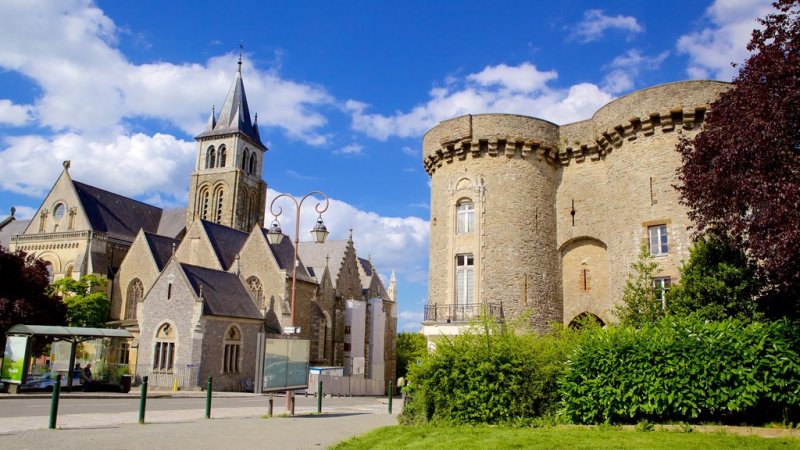
Photo: expedia 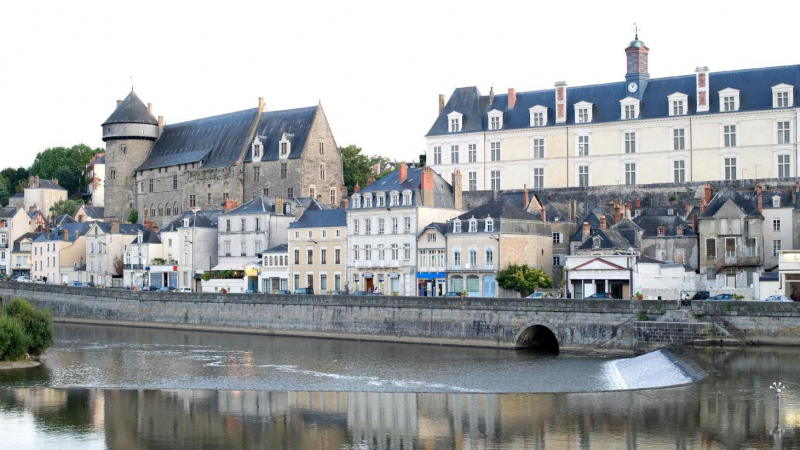
Photo: agoda -
Along the Quebec City-Windsor Corridor, in southwest Ontario, Canada, is the City of London. The Canadian census of 2021 indicated that the city had a population of 422,324. London is located at the junction of the Thames River, about 200 kilometers (120 miles) from Buffalo, New York, and both Toronto and Detroit. Although it continues to serve as the county seat, the City of London is politically independent of Middlesex County.
John Graves Simcoe suggested London and the Thames as the location for the capital city of Upper Canada in 1793. Peter Hagerman established the first European colony between 1801 and 1804. The village was established in 1826 and became a municipality in 1855. Since then, London has expanded to become the largest municipality in Southwestern Ontario and the eleventh-largest metropolitan region in Canada by annexing numerous neighboring smaller towns.
The University of Western Ontario (which refers to itself as "Western University"), Fanshawe College, and three important hospitals—Victoria Hospital, University Hospital, and St. Joseph's Hospital—make London a regional hub for healthcare and education. However, the city's economic activity is mostly focused on education, medical research, insurance, and information technology. The city also holds a variety of musical and artistic exhibits and festivals that support its tourism economy. The top 10 employers in London are among its institutions and hospitals. Highways 401 and 402 meet in London, which is situated between Toronto, Windsor, and Sarnia. The border crossings with the United States at Detroit-Windsor, Port Huron-Sarnia, and Niagara Falls are also conveniently accessible thanks to these routes. Additionally, there are bus stops, train stations, and an international airport in the city.
Population: 422,324
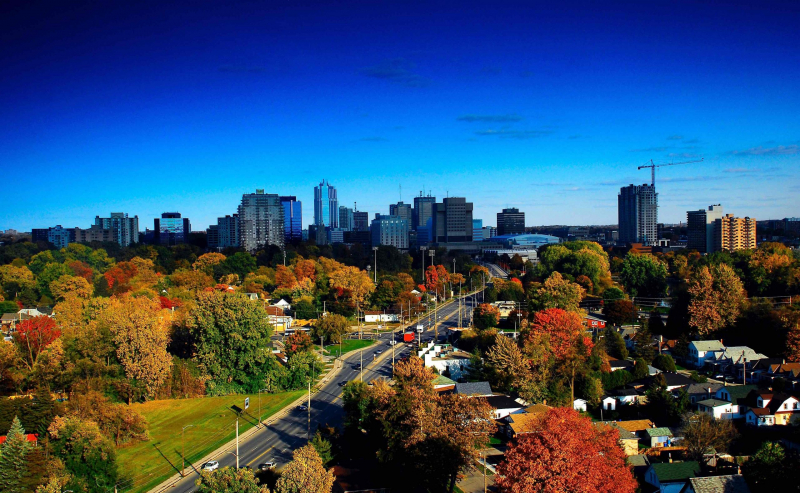
Photo: edulinks 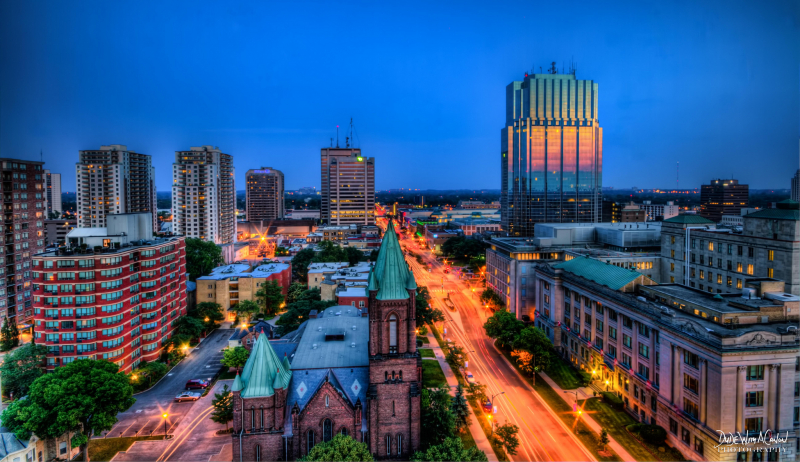
Photo: edulinks

















